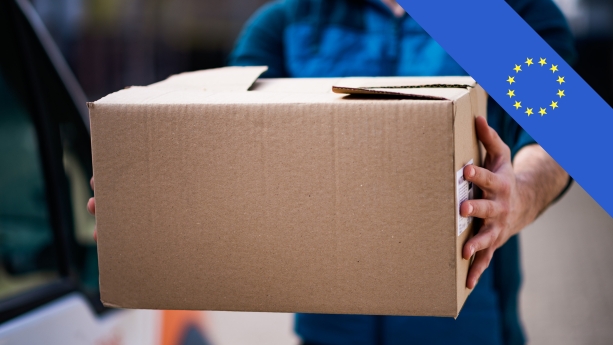
The Packaging and Packaging Waste Regulation (EU) 2025/40 establishes requirements for packaging and packaging waste sold in the European Union.
This guide explains what importers and manufacturers need to know about the scope and the requirements of the regulation, such as substance restrictions, labelling, and documentation. The guide also provides a comparison with the requirements of the old Packaging and Packaging Waste Directive.
Continue reading Packaging and Packaging Waste Regulation: An Overview













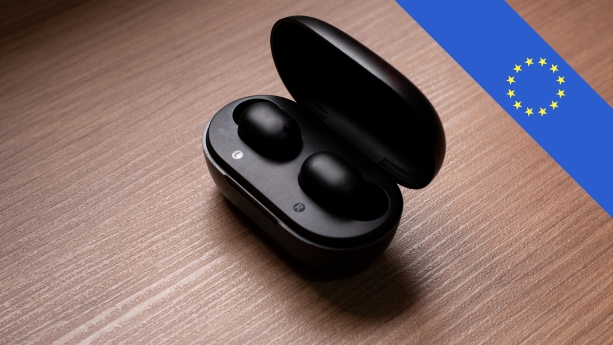
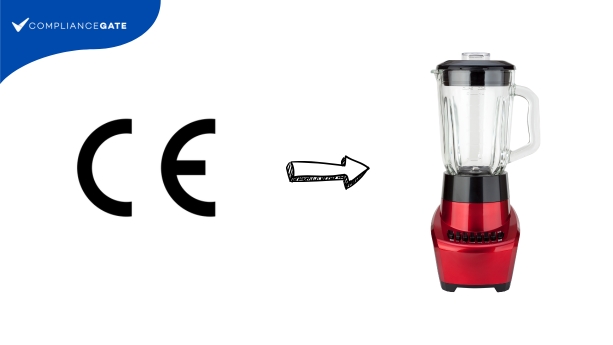
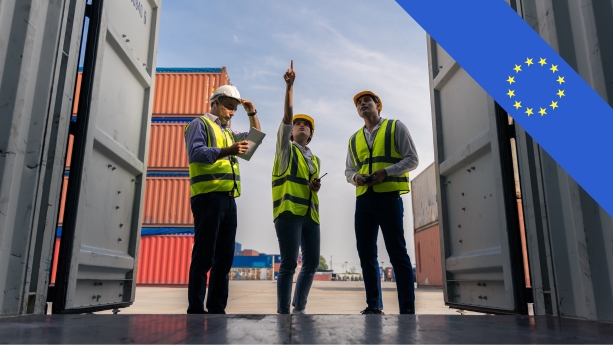
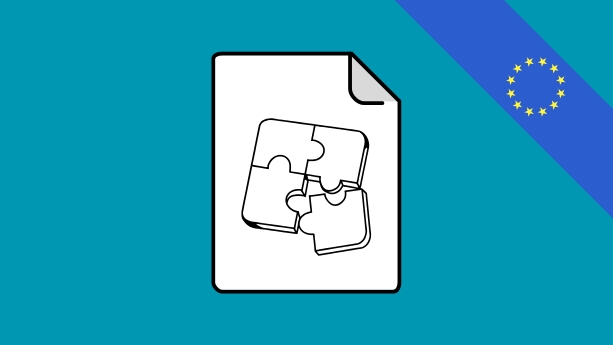

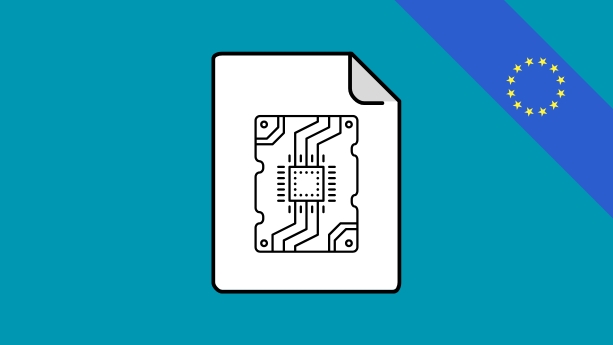
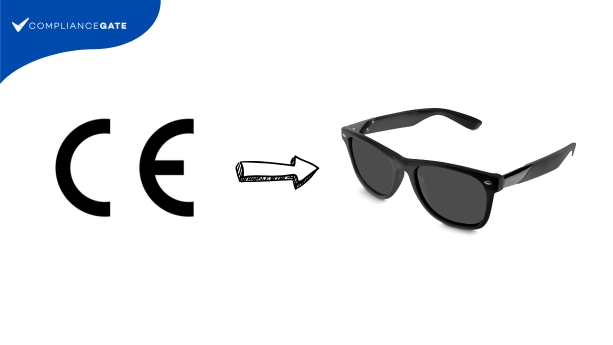
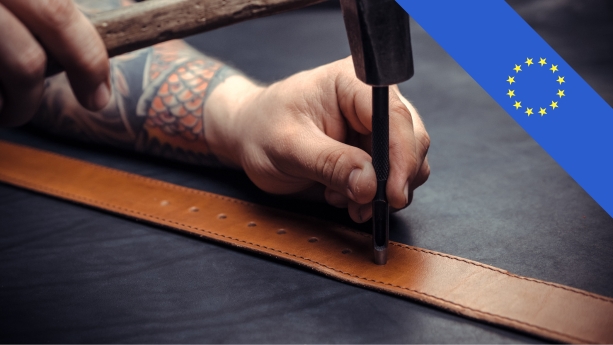
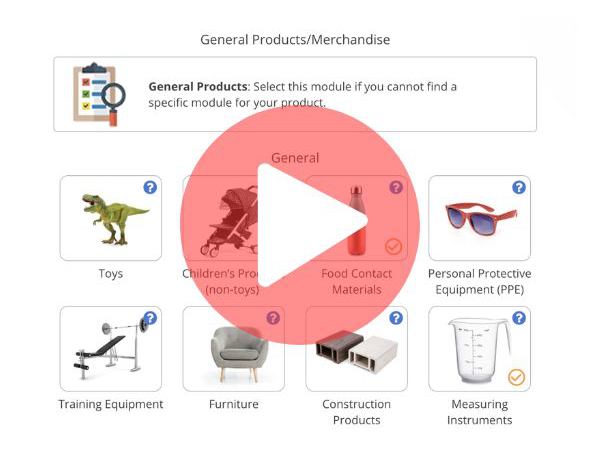
 Create compliance checklists for your product (US, EU & UK)
Create compliance checklists for your product (US, EU & UK)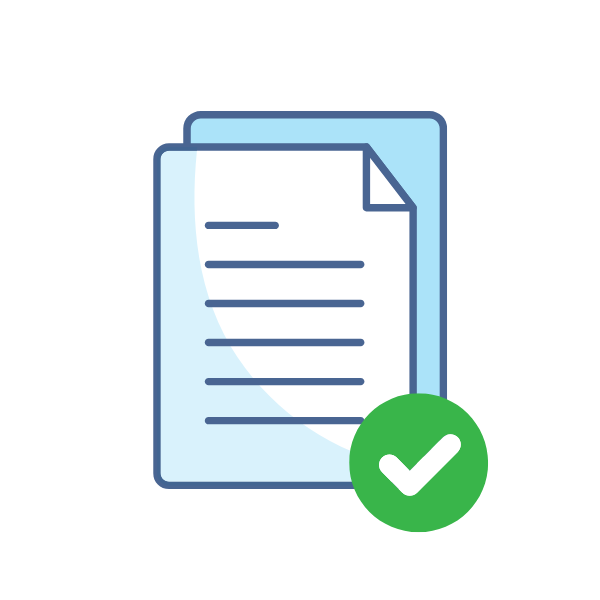 20+ product certificate templates
20+ product certificate templates Create label files
Create label files Book product testing
Book product testing